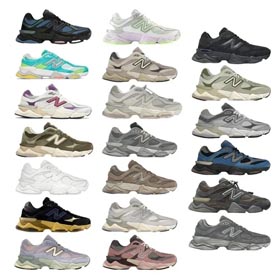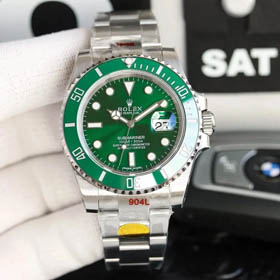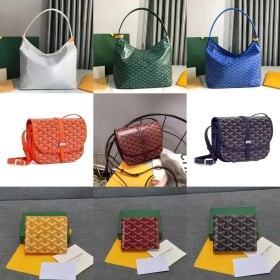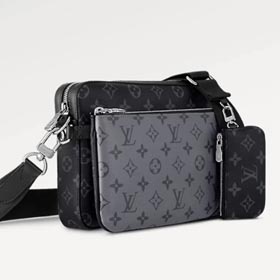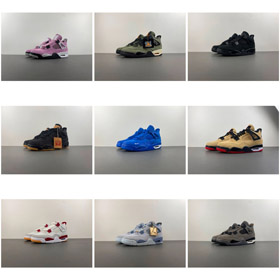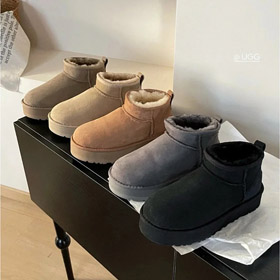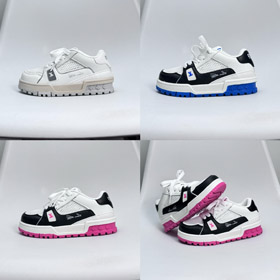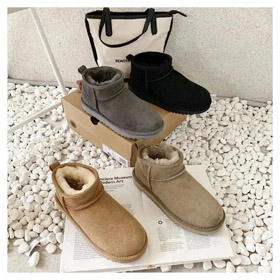Customer Service Analysis of Rolex, Patek Philippe, and Cartier on Reverse Purchasing Platforms
Introduction
The luxury watch and jewelry market has seen a surge in demand through reverse purchasing platforms, where consumers outside primary markets acquire products via intermediaries. Brands like Rolex, Patek Philippe, and Cartier face unique challenges in maintaining service quality on these platforms. This article analyzes their customer service approaches and suggests improvements to better meet consumer demands.
Customer Service Characteristics on Reverse Purchasing Platforms
1. Rolex
Rolex emphasizes authenticity and brand prestige but often struggles with supply chain transparency on third-party platforms. Customers report delays in verification processes and limited post-purchase support for warranties.
2. Patek Philippe
Patek Philippe’s exclusivity creates high expectations for personalized service, which reverse platforms often fail to deliver. Issues include inconsistent communication and lack of access to brand-certified repair services.
3. Cartier
Cartier benefits from stronger omnichannel integration but faces challenges with counterfeit prevention. Their platform partners sometimes lack trained staff to address technical inquiries about watches and jewelry.
Strategies to Enhance Service Quality
A) Official Platform Partnerships
Brands should establish authorized reverse purchasing channels with dedicated service teams, as seen in Cartier’s collaboration with select Asian platforms.
B) Digital Verification Systems
Implementing blockchain-based authentication (similar to Patek Philippe’s NFT warranty experiments) could build trust in secondary markets.
C) Cross-Cultural Service Training
Platform agents require brand-specific knowledge – Rolex could mandate certification programs for its resellers, much like its boutique staff requirements.
D) After-Service Access
Creating regional service hubs where platform-purchased items can receive maintenance would address Patek Philippe owners’ top complaint.
Conclusion
As reverse purchasing grows, luxury brands must adapt service models without diluting exclusivity. Solutions combining technology (like Cartier’s AR consultations), stricter platform governance (Rolex’s recent marketplace bans), and expanded service networks will be key to satisfying discerning consumers. Companies that successfully bridge the gap between secondary market convenience and primary market service standards will dominate this space.
For more data on luxury market trends, visit oksheet.net



